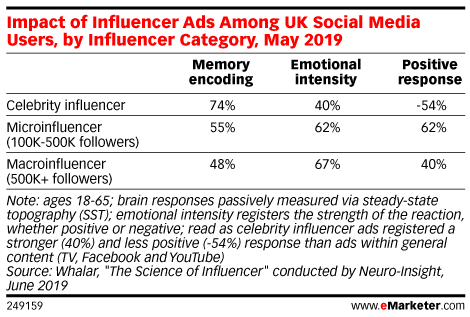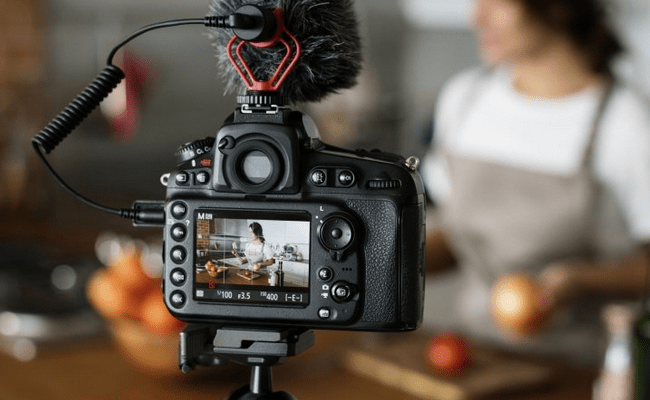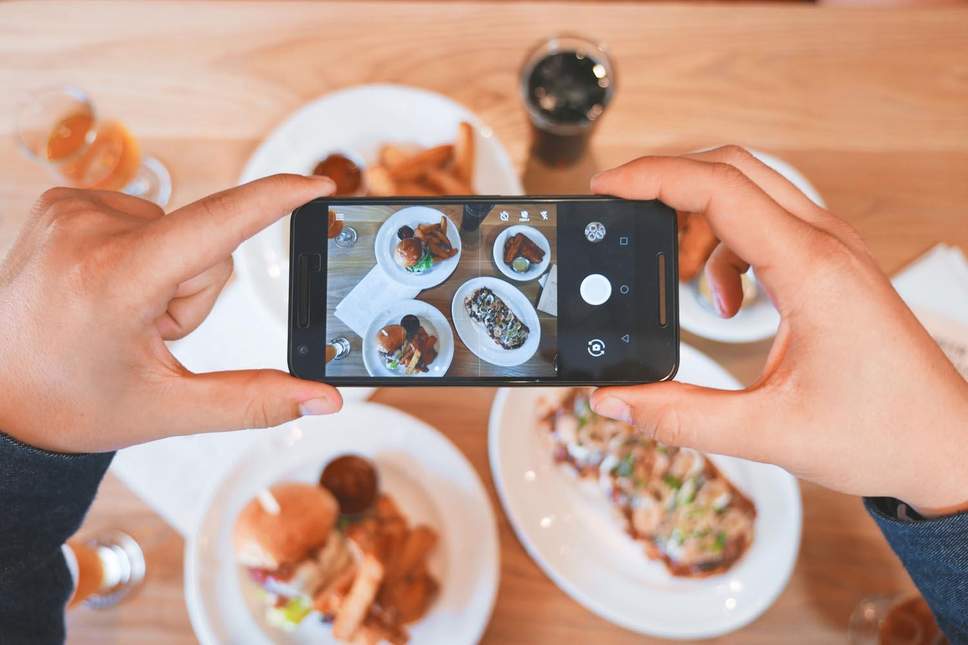By Zak Doffman
Ever since its sale to Facebook in 2012, Instagram has pulled off the trick of appearing detached from the aging brand, continual scandals and reputational taint of its parent. The ‘young and cool’ are on Instagram, and whilst most also have Facebook accounts, they’ll often tell you they no longer post or share on the platform. Even recent issues that have hit Instagram – a lack of transparency around paid-for posts, the hosting of dangerous imagery, the Fyre Festival – have more to do with the behavior of users than the activities of the platform itself.
There’s an argument that Facebook should not have been allowed to buy Instagram in the first place – it has damaged the market and neutralized a natural competitor. As one tech writer explained at the time of the deal: “Instagram has what Facebook craves – passionate community. People like Facebook. People use Facebook. People love Instagram – Facebook lacks soul. Instagram is all soul and emotion.”
Despite Instagram’s distancing trick from Facebook, they are very much part of the same money-making machine. Instagram ads are placed using Facebook’s systems. They share data. Advertisers (and data exploitation schemes) run content across both. But following the departure of founders Kevin Systrom and Mike Krieger, Instagram has lost its buffer. Even as stock analysts herald its potential to become the primary driver of Facebook’s ad revenue, if the glossy filter wears too thin, if Facebook gets too close, the brand will be at risk. And other platforms like Snapchat will be waiting in the wings.
Meet The Influencers
What could bring all this to a head is the quiet revolution in marketing that’s not so quiet anymore. The influencer industry will reach $10 billion in value next year and is written into the plans of every major brand around the world. Whilst these numbers are dwarfed by the value of more traditional online ad-placement, growth across the influencer industry shows no signs of slowing. It is the business model that looks set to change the rules of advertising. And despite Instagram being the shining star right at its center, Facebook needs to work out how to control the agenda for influencer marketing, or it risks undermining its own dominance in the coming years.
This revolution isn’t being driven by a few dozen A-list celebrities with millions of followers, or even by macro-influencers with a few hundred thousand each. It is being driven by the hundreds of thousands of micro-influencers, each with a few tens of thousands of followers. The micro-influencer is trusted within their niche. They are expected to use, and not just endorse, products. And what they say matters. Their following represents a targeted demographic. With more advanced tools becoming available to identify, validate and manage the right person for the right campaign, the elusive ROI from influencer marketing will become measurable. That could be a game changer for the marketing industry, all driven by Facebook.
Facebook: New Year, New You?
By any measure, 2018 should have been the year Facebook erased from its timeline: fake news; Cambridge Analytica with links to Russia and election tampering; congressional hearings; the founders of WhatsApp and Instagram heading for the exit; data breaches and data leaks; slowing growth, as the company started exhausting addressable planet.
But then Facebook’s results for the final quarter were released, revenue and earnings were up ahead of consensus, and management, shareholders and analysts relaxed – everything was going to be just fine. Yes, 2018 may have been a slow-motion train wreck, but the train was back on track. “Facebook is done apologizing,” explained Bloomberg. “For a moment during the earnings call, I closed my eyes and swore it was the glory days of 2015.”
Dig a little deeper, though, and beneath the veneer, there was an acknowledgment of the value Instagram brings to the company and the need to bring it closer to the core. Instagram is the ultimate social media marketing powerhouse. And, despite revenue growth at around 70% into double-digit billions of dollars, despite spawning the influencer marketing phenomenon, despite one billion daily active users and four billion daily ‘likes’, it is only just getting started.
When Instagram was purchased for $1 billion back in 2012, an article on the BBC News website neatly reflected the skeptical response to newly-listed Facebook’s first major acquisition: “I understand Instagram has 13 employees – so at $77m per head that makes it the most expensive business deal in history that I can think of.” Barely seven years later, Instagram is valued at around $100 billion and could be the prime driver of Facebook’s ad revenue growth in the coming years. It’s not looking so expensive anymore.
“Simply by being on Instagram, brands can make a positive impression on potential shoppers,” claims Facebook. “People surveyed say they perceive brands on Instagram as popular (78%), creative (77%), entertaining (76%) and relevant (74%).” In total, “87% [of people surveyed] said they took action after seeing product information on Instagram, such as following a brand, visiting their website or making a purchase.”
Instagram revenue fits the traditional Facebook model of placing ads in users’ feeds based on targeted data metrics as to who and where they are, and what they do and don’t do, like and don’t like. But as the primary driver behind influencer marketing, Instagram are also better placed that any other platform to monetize this new runaway industry.
Whether you contend that Instagram has democratized or demonized the marketing industry, it has certainly disrupted it. Now it threatens Amazon-like disintermediation. There has been a four-fold increase in the number of influencer posts on Instagram since 2016, and, according to Wired, the price of a post from a top-level influencer has increased ten to twenty times over the same period, to cost upwards of $100,000. “We’ve seen the [influencer] industry go from a rising marketing tactic to an essential part of most marketing budgets,” explains AdWeek.
Influencer Marketing: An Industry On Fyre
Whilst influencer marketing started with Paris Hilton, the ‘cult’ of the Kardashians and equivalent celebrities promoting to millions of followers, it soon cultivated the ‘insta-celebrity’, people famous simply for their feeds and numbers of followers. This has now morphed into the micro-influencer. Instead of millions of followers, an influencer will have tens of thousands – but in specific niches: fitness, beauty, fashion, parenting, cooking, yoga. And – now a major issue for Instagram – even more controversial subjects such as eating disorders and self-harm. This week, following reports that content had been implicated in teen suicides in the U.K., Instagram pledged to remove all such material as clamors for regulation started to ring around the industry.
Influencer marketing is not all glossy filters and carefully selected poses. There have been continual allegations of misuse and abuse. Micro-influencing has become something of a free-for-all: unregulated and unstructured, rife with bots and fake profiles, with machined likes and follows, with questionable claims that would not pass normal advertising standards. Unilever’s marketing chief made headlines last year when he called out social media influencers with inflated ‘fraudulent’ followings. And there has been a belated response from regulators to the clear circumvention of advertising rules by leading influencers who skirted around requirements to badge promotional posts through gifting arrangements.
On Monday in the U.K., the BBC aired a Panorama investigation into influencer marketing. ‘The Million Pound Selfie Sell-Off’ questioned the ethics and impact of an unregulated industry that some claim is akin to the wild west. “Advertising money is pouring into influencer marketing,” explained the program, but what are the checks and balances on what is being advertised? Especially when it is being advertised to the young. New consumers are choosing to interact with brands in new ways. And brands need to respond to that, or they risk losing out. And all this without the filtering and editing, without the material regulation and legislation that applies to more traditional platforms. Diet pills and drinks, unhealthy lifestyle choices, gambling, alcohol, self-harm. There is clearly a reliance on self-regulation across the industry – but that is unrealistic. Where the primary concern is consumer transparency, that’s one thing. But where the products can be harmful that’s quite another.
The Federal Trade Commission in the U.S. and the Competition and Markets Authority and Advertising Standards Authority in the U.K. have started to bear their teeth on influencer marketing, mandating a prominent and transparent level of disclosure and removing loopholes around ‘coincidental’ gifts from brands that have been promoted in the past. This has split the industry. Who owns up and who doesn’t? Do we differentiate between sideline earnings for a celeb or athlete from the primary earnings of a professional influencer? And what are the penalties for breaking the rules? The conundrum for influencers is that tagging posts as ads means less affinity with followers – but not doing so risks a loss of credibility.
Nothing better illustrates the perils of influencer marketing than the 2017 Fyre Festival, a Bahaman rival to Coachella that was “basically like Instagram coming to life,” according to one of those involved. Several hundred influencers promoted the event, and many took up freebie accommodation and VIP ticketing offers whilst neglecting to mention these incentives, making the social media storm seem organic. Ten supermodels, including Bella Hadid, Hailey Baldwin and Emily Ratajkowski, took to a yacht and a beach to make a now-infamous promo video. Everything was tailored to blast virally across social media.
The footage of disaster relief tents and limp cheese sandwiches in polystyrene boxes highlighted on the two documentaries now streaming on Netflix and Hulu might be funny, but millions of dollars of tickets were sold for an event that didn’t exist. The organizer, Billy McFarland, was jailed for six years and some of the influencers are being sued.
Looking To The Future
With hundreds of thousands of influencers, tools are required to identify the right one for a campaign or product, to validate the authenticity and quality of their following, to assess their reach by sector, demographic, location. Cue Facebook. If there’s one thing the company does especially, well it is using targeted data to make us click, like and buy. When the company launched its Brand Collabs Manager last year, AdWeek suggested that “the world’s largest social network just sent a clear signal that the future of advertising on its platform is influencer marketing.” AI will also come into play as the sector expands, better managing campaigns to get results, identifying the right influencers to work with, understanding reach and ROI.
Disclosure time: my partner is a micro-influencer with 30,000 followers – until recently she focused on fitness but is now shifting to ‘mummy-blogging’ with our baby due in April. As I write, I’m surrounded by packages from the brands that have sent cots and prams, clothes and accessories. I’ve now seen how the industry operates as a spider-web, agencies are linked and place one product after another, the brands have people on point, slots to be filled, firm ideas of who they want to find and how they want collaboration to come across. There’s a schedule of posts in a spreadsheet. Each one will carry the now obligatory #ad tag.
Influencer marketing has professionalized even at the micro levels. The influencer deciding exactly what and how to post dominates, but this is slowly being balanced with content plans as brands hire in-house or agency teams to manage their influencer programs. Specific influencers can now be told exactly what to post and when. For stories, the brands might send out people to film the influencer who then posts under their own account.
The question now is just as brands need to take care as to the authenticity of the influencers they use, including the true nature of their following, do the influencers also have some level of obligation to diligence the product or service they’re promoting?
Influencers would certainly benefit from demonstrating some level of discretion: “If an influencer accepts every opportunity that comes his way, no matter how much it contradicts with the previous week’s partnership and goes against their usual aesthetic, audiences will be able to spot their inauthenticity a mile off. Trust will be tarnished. Take away influencers’ trusted followers, and you take away their influencing superpowers.” For those with larger followings, this becomes the work of the agent or rep, but for the micro influencers, they need to demonstrate a level of commercial maturity that won’t be obvious to the freelancer. And this is critical because right now the micro influencers are seen as the most trusted, as the most authentic.
Resisting Temptation
Can Facebook, the ultimate influencer, resist the temptation to break Instagram, especially with no founders left to press for caution? The company has created material value by leaving the platform (superficially) alone, albeit with occasional touches on the tiller, such as with stories and ad sales. But left to its own devices, Facebook would do more, much more.
And so the first challenge for Facebook is how to manage Instagram as an increasingly critical contributor to its core performance without breaking it. The second and harder challenge is how to monetize influencer marketing as it disintermediates structured ad platforms. The opportunity is exceptional – but it won’t be easy. Facebook needs to manage Instagram without being seen to do so, and it needs to manage influencer marketing without suffocating the creatives or driving them to different platforms. Users will ultimately follow content.
The rise of the influencer and the disintermediation of traditional advertising is pushing regulators and brands to rethink their approaches. And Facebook is caught right in the middle. In an ideal world, Facebook needs to control the agenda, to professionalize influencer marketing, to play industry matchmaker at scale. But it needs to affect this trick without damaging the appeal of the platforms to the influencers and followers themselves.
For their part, influencers can expect the free-for-all ‘wild west’ to slowly come to an end – between regulators pushing for greater transparency and consumer protection on one hand, and brands pushing for more scientific data metrics and accountability on the other. Measuring the quantity and quality of engagement will become much more sophisticated and analytical. And we will also see the inevitable emergence of AI to design campaigns with near certain results. In the short term, influencers will be encouraged to demonstrate discretion in what and how to promote, to be clear with followers and to diligence the authenticity of those followers, and to play in a more competitive environment where Facebook (and others) will be able to report on the relative merits of one influencer versus another.
In the end, the challenge for Facebook is that it needs to draw Instagram closer to the core without damaging the essence of its brand, it needs to lever some control over influencer marketing without killing the buzz, and it needs to stave off the opposite pressures on its business model from regulators and investors. There is some talk that Facebook could come under regulatory pressure (or mandate) to separate – a ‘Baby Bell’ scenario for the data age. Time will tell. But in the meantime, the social media giant has its work cut out and can ill afford any missteps. This is the world of viral information and disinformation after all.
Feature Image Credit: Getty
Founder/CEO of Digital Barriers, providing disruptive AI and IoT surveillance technologies to defence, security and law enforcement agencies worldwide.
Find me on Twitter or Linkedin or email [email protected].
Sourced from Forbes












